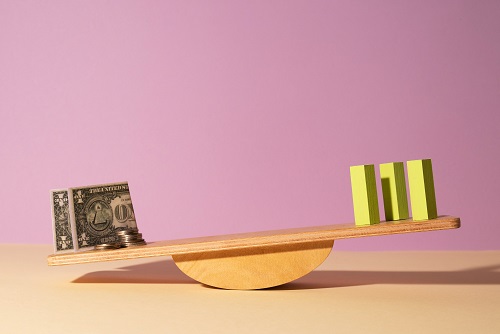In cue sports, precision and control are everything. While practice and technique are essential, the balance of your cue and how you grip it play a critical role in your overall performance. Whether you are a casual player or a competitive enthusiast, mastering these elements can significantly improve your accuracy, consistency, and confidence at the table.
Why Balance Matters in Cue Sports
Balance in a cue affects the smoothness of your stroke and the control over each shot. A well-balanced cue allows for fluid motion, reducing strain on your wrist, arm, and shoulder. Conversely, a poorly balanced cue can cause inconsistent shots, fatigue, and even minor injuries over time.
Key Aspects of Cue Balance
- Front-heavy cues: Offer more power in shots but can feel cumbersome for finesse plays.
- Rear-heavy cues: Easier to control and ideal for precise placement, but may lack punch on long shots.
- Evenly balanced cues: Provide a harmonious mix of control and power, suitable for most players.
Testing different cues at a trusted cue store can help you find one that complements your style and hand strength.
The Importance of a Proper Grip
Grip affects every aspect of your stroke, from speed to spin control. Too tight a grip can restrict movement and lead to tension, while a loose grip may result in instability and missed shots.
Tips for an Effective Grip
- Relax your hand: Keep your fingers flexible to allow natural motion.
- Position the cue correctly: Typically, hold the cue 15–20cm from the butt for optimal control.
- Consistency is key: Maintain the same grip for every shot to build muscle memory and improve accuracy.
Real-life example: Daniel, a regular player from Melbourne, noticed inconsistent throws despite regular practice. After adjusting his grip and testing a well-balanced cue, his shot precision improved noticeably, and fatigue during longer sessions decreased.
Practical Steps to Optimise Cue Performance
- Test Different Cues: Visit a cue store to feel the weight, balance, and grip of multiple options.
- Focus on Grip: Use a relaxed but controlled hold. Avoid squeezing too tightly.
- Check Cue Weight Distribution: Roll the cue in your hand to identify front-heavy or rear-heavy tendencies.
- Practice Stroke Mechanics: Pair proper grip and balance with smooth follow-through.
- Maintain Your Cue: Clean regularly, check the tip, and store it properly to prevent warping.
Common Mistakes to Avoid
- Using a cue that feels visually appealing but is poorly balanced.
- Holding the cue too tightly, causing tension and inaccurate shots.
- Ignoring the effects of cue length on leverage and control.
- Skipping regular maintenance, which can negatively impact balance and grip.
Benefits of Optimising Balance and Grip
- Enhanced Accuracy: Controlled movements allow for precise shot placement.
- Better Spin Control: Consistent grip aids in applying the desired spin.
- Reduced Fatigue: Properly balanced cues reduce strain on arms and shoulders.
- Increased Confidence: Knowing your equipment responds predictably boosts performance.
Checklist for Improving Cue Performance
- Evaluate your current cue for balance and weight.
- Adjust grip for relaxed, consistent hold.
- Test different cue types and lengths to suit your style.
- Maintain cue regularly and replace worn tips.
- Practice with intention, focusing on smooth strokes and follow-through.
FAQs About Cue Balance and Grip
1. How do I know if my cue is balanced correctly?
Hold the cue horizontally in one hand at the balance point (usually near the center). It should feel stable and not tip forward or backward.
2. Can grip technique improve my shot accuracy?
Yes. A consistent, relaxed grip allows for smoother strokes, better spin control, and improved accuracy.
3. Is there a standard cue length for balance?
Standard cues are typically 57–58 inches. Adjust based on your height and arm length to ensure comfort and control.
4. Should I adjust my grip for different shot types?
Minor adjustments are fine for spin or power shots, but overall consistency is essential for muscle memory.
5. Where can I buy high-quality cues in Australia?
A trusted cue store offers a wide selection, expert advice, and options to suit various playing styles.
Conclusion
Understanding the role of balance and grip in cue performance is crucial for any player looking to improve their game. A well-balanced cue paired with the right grip allows for smoother strokes, better control, and more accurate shots. Regular practice, combined with proper cue maintenance and testing different options at a reliable cue store, can significantly elevate your performance. Whether you’re a casual enthusiast or a competitive player, mastering these elements ensures every game is more enjoyable and every shot more precise. Take the time to assess your equipment and technique—your next game could be your best yet.
